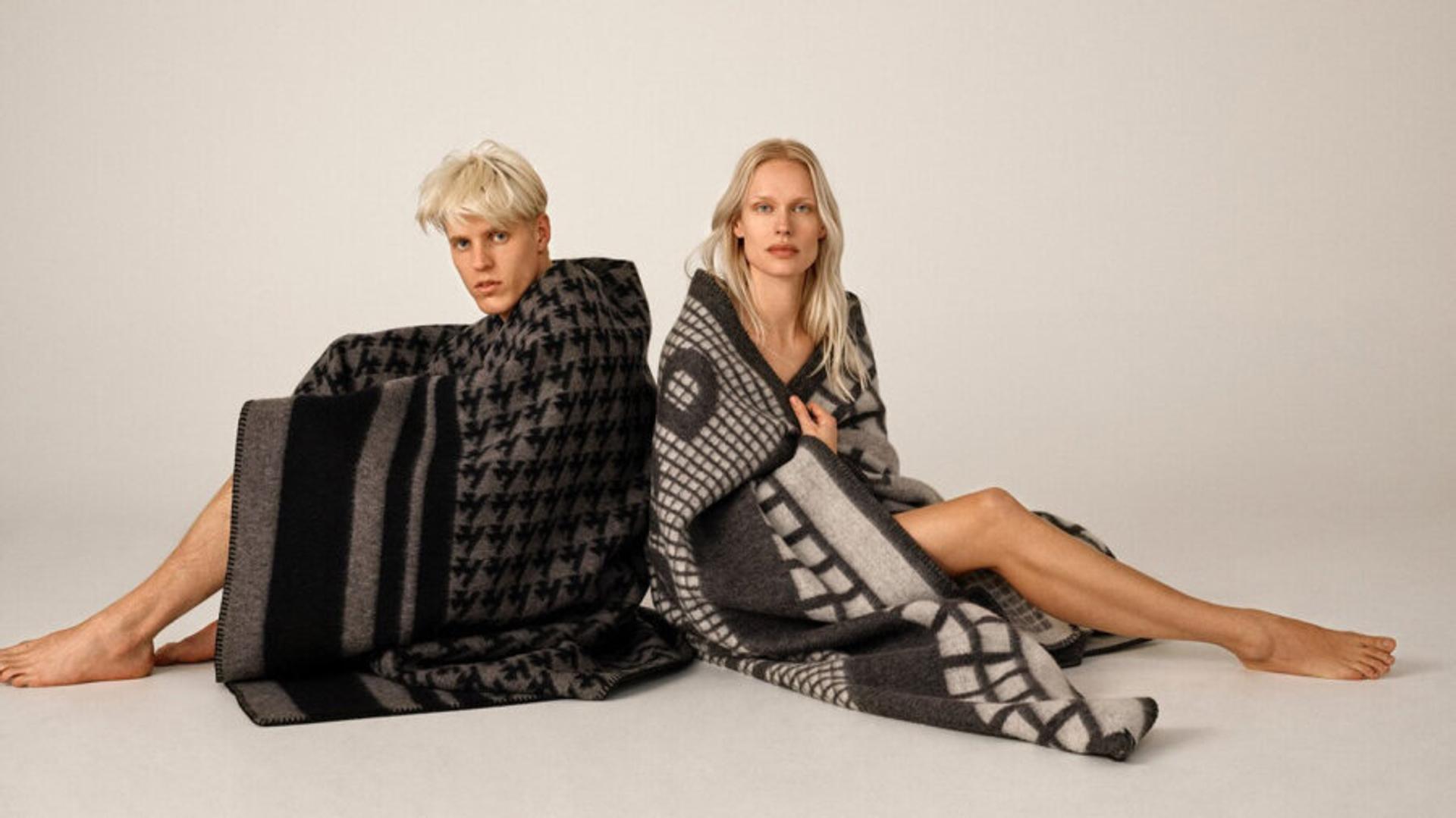Less microplastic pollution with sustainable fashion

Just how environmentally damaging is the global fashion industry? According to a 2019 UN report, it is the second most polluting industry in the world. Manufacturing of clothing, textiles and shoes accounts for 8 to 10 per cent of global greenhouse gas emissions – more than the emissions from shipping and air traffic combined. It also consumes 93 billion litres of water each year, equivalent to the annual water need for 5 million people.
The picture gets even bleaker when microplastics are added to the mix. These extremely small plastic fragments or fibres find their way into the marine environment and accumulate in the food chain. Over 1.5 million metric tons of microplastics are being released into the ocean each year – and 35 per cent of this comes from the fashion industry.
This is largely due to the use of polyester, which is made from petroleum-based fibres. When polyester clothes are worn, washed and thrown away, they shed microfibres, which eventually end up in the sea.
The good news is that there is growing awareness among consumers and manufacturers alike about how detrimental the fashion industry is – particularly when it comes to microplastic marine pollution. More stringent environmental standards are being introduced throughout the entire value chain, and many companies are incorporating sustainability into their business strategy.
Read on to learn what key Norwegian fashion players are doing to reduce their footprint.

Fast fashion is filling the ocean with microplastics
One thing is certain: fashion industry practices need to change. Otherwise, we will not be able to meet global emission reduction targets or keep the oceans free of plastic.
Gisle Mariani Mardal – Head of Development at NF & TA and a long-time proponent of sustainability – shares his take on these issues.
“Sustainable fashion is about finding new solutions for the production and consumption of clothing.”
Gisle Mariani Mardal
Head of Development at NF & TA
At the heart of the problem, according to Mardal, is “fast fashion”, where cheap clothes are used briefly before being thrown away. It is a rapidly growing problem. Compared with 15 years ago, the average global citizen buys 60 per cent more clothing and wears the clothing only half as long.
“To solve this problem, we must reduce production volume and increase the use of the clothes we buy. Research also shows that an average person wears an item up to four times. By simply doubling this use, we can reduce the item’s environmental footprint by 49 per cent,” he says.

New business models
Nina Skarra, a Norwegian sustainable fashion pioneer, designer and founder of Nina Skarra MedlemSKAP, agrees.
“We have to stop thinking that we can attain sustainability in the business models used by the cheap fashion chains, with high volume at low cost. Regardless of how you twist and turn it, it will not be sustainable.”
“Focus must be placed on creating new business models where profitability is the result of design, technology, production, and ethical and environmental sustainability,” she says.
“There are tremendous opportunities for companies that are taking sustainability seriously and beginning to pave the way for the use patterns of the future,” she adds.
“To solve this problem, we must reduce production volume and increase the use of the clothes we buy. Research also shows that an average person wears an item up to four times. By simply doubling this use, we can reduce the item’s environmental footprint by 49 per cent,” she says.
Innovation, reuse and recycling
Norwegian trainer manufacturer New Movements is another example of how fashion can become sustainable. The company’s mission is to make trainersign that last from recyclable materials. The company also has a recycling programme where customers can return their worn-out shoes and receive a discount for a new pair. Meaning, New Movements will reuse the materials to make new shoes.
Norwegian company Nofir, meanwhile, has developed a system for large-scale collection of plastic fishing nets and ropes. Each year, it collects some 7 000 metric tons of raw material for recycling. Among other products, this plastic is used to manufacture ECONYL®, a strong nylon yarn that can be used in clothing, carpets and other textiles. The yarn is used by global luxury brands such as Burberry, Prada and Stella McCartney.
These are just some of the ways Norwegian companies are working to reduce the negative impacts of clothing and shoe manufacturing, including microplastic marine pollution.
Take a deep dive into Norway’s manufacturing and design industry
Norway develops premium brands with high functionality and exquisite design within furniture and interior design, fashion, and sportswear and equipment. Click to read articles, discover solution providers and find events where you can meet Norwegian companies.
